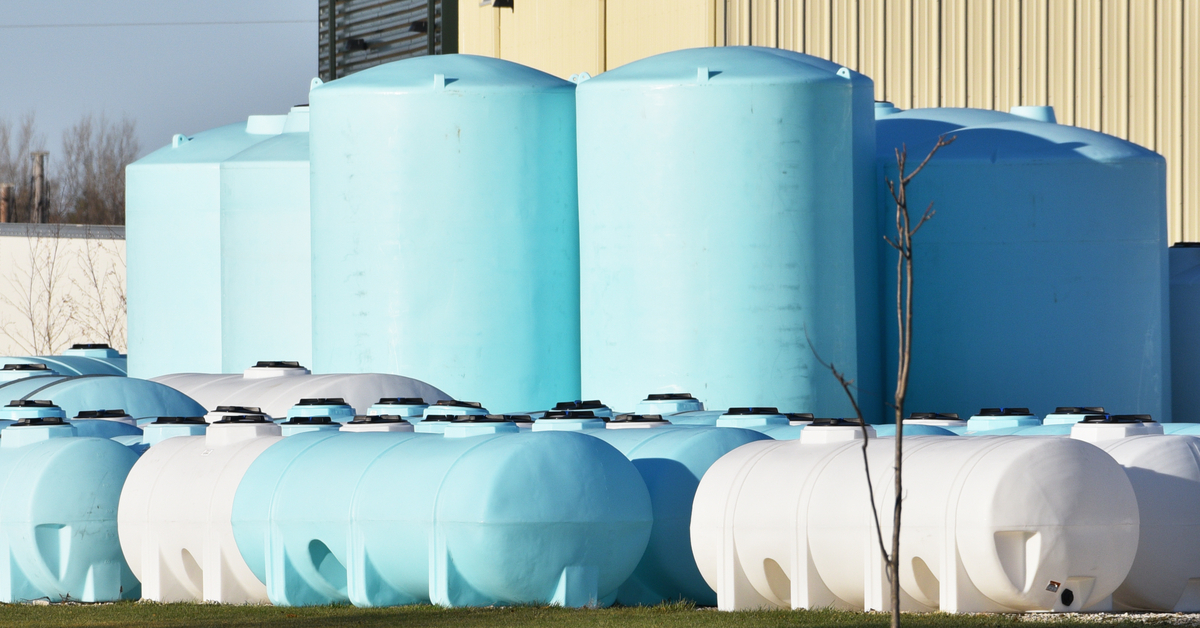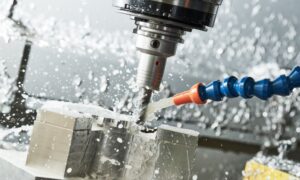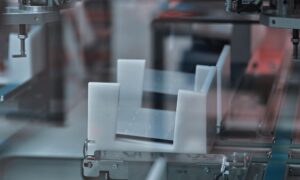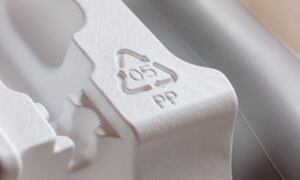The pharmaceutical industry is constantly evolving, with new materials and technologies improving the efficacy and safety of medications. Polyethylene (PE), a versatile polymer with a range of applications in pharmaceuticals, is one often overlooked yet crucial component in this quest. Understanding the role of Polyethylene in pharmaceuticals could significantly impact your pharmacist work.
Why Polyethylene Is crucial in Drug Packaging
Packaging is one of the most critical aspects of pharmaceuticals. Proper packaging ensures the safety, efficacy, and shelf life of medications. PE is resistant to wear and tear, making it ideal for packaging that needs to withstand rough handling. It also offers excellent moisture barrier properties, which is crucial for maintaining the stability of hygroscopic drugs.
Polyethylene in Medical Devices
Manufacturers that produce medical devices, such as syringes, catheters, and prosthetics, also use Polyethylene. It’s non-toxic and the human body tolerates it well, reducing the risk of adverse reactions. Medical professionals can sterilize PE using various methods, including steam, ethylene oxide, and gamma radiation, ensuring the medical device is safe to use. The material is also relatively inexpensive compared to others, making it a cost-effective option for medical device manufacturers.
Polyethylene in Drug Delivery Systems
Polyethylene has found its way into innovative drug delivery systems, particularly in controlled-release formulations. Manufacturers can manipulate PE’s properties to control the release rate of active pharmaceutical ingredients, improving drug efficacy and patient compliance. Additionally, PE-based nanoparticles can deliver drugs directly to specific tissues or cells, minimizing side effects and enhancing efficacy.
Environmental Impact and Sustainability
While Polyethylene offers numerous benefits, we cannot ignore its environmental impact. The pharmaceutical industry is increasingly focusing on sustainability, and PE is no exception. The industry is making efforts to develop biodegradable and recyclable PE materials to reduce its environmental footprint. Research is ongoing to develop PE materials that can break down more easily in the environment.
The Future of Polyethylene in Pharmaceuticals
The future of Polyethylene in pharmaceuticals looks promising, with ongoing research and development efforts focused on enhancing its properties and applications. The potential of PE is vast and largely untapped. Advances in PE technologies, from smart packaging to advanced drug delivery systems, could play a crucial role in the development of personalized medicine, tailoring treatments to individual patients’ needs. Furthermore, the growing popularity of fabrications such as custom hydroponics allows drug manufacturers to meet the unique needs of their businesses.
Meeting the Needs of Today and Tomorrow
The role of Polyethylene in pharmaceuticals is pivotal, offering numerous benefits in packaging, medical devices, and drug delivery systems. Its versatility, affordability, and performance make it an invaluable material for professionals, environmental scientists, and health innovators alike. While challenges remain, ongoing research and development efforts will help pharmacists and pharmaceutical companies and manufacturers overcome these obstacles, paving the way for even more innovative applications of Polyethylene in the future.




